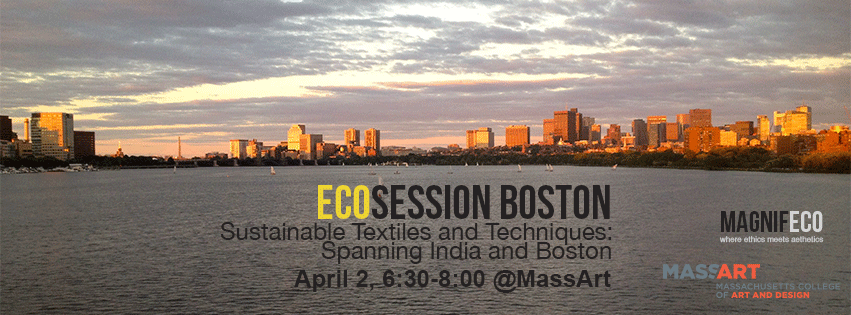Vintage film canisters, a statue of Hebe, 9 foot columns, and a beautiful antique bar circa 1800’s, are just a few antique salvaged pieces that recently relocated from the retail showroom and event function space at Restoration Resources in Boston’s South End to the new Berkeley Street flagship store for Restoration Hardware.
Restoration Resources “rescues” one of a kind architectural pieces and design elements from interesting buildings, Boston Brownstones and period homes throughout New England, that are undergoing renovation, or destruction, and then showcases them in a 7000 square foot showroom and warehouse in Boston, where both residential and commercial customers such as Restoration Hardware will find eco-friendly treasures that possess beauty, old world craftsmanship…and decades of history!
According to store owner, Bill Raymer, “They just don’t make them like they used to anymore! Of course I am biased, but the quality, the painstaking attention to detail even some of the woods themselves simply no longer exist today…we try and keep these gorgeous pieces from ending up in a landfill…because once they are gone, they are gone forever” Bill added, “I think that most of my customers appreciate antique salvage for more than just the design and character, they also want to help preserve both our environment and history!” The vintage pieces that ended up at Restoration Hardware’s new location, (which is actually the former home to the New England Museum of Natural History) represent our New England roots, and each has a story to be told from it’s former past.

Prior to it’s new home in the third floor music room of Restoration Hardware, the black bar accented with columns and mirrors, and standing at a stoic 9 feet high and 18 feet long, shared years of history with Restoration Resources.
The store first acquired the bar when Bill reclaimed it from an old pub in Woonsocket, RI nearly 13 years ago. Created near the turn of the century, the bar had been a staple in the local watering hole for close to 100 years.
Once Restoration Resources refurbished the piece, it was sold to a restaurant in the South End by the name of Pho Republique. There, the bar stood tall for nearly 12 years before the establishment closed and moved to a new location. When the restaurant relocated, Bill reclaimed the bar once again
and installed it into one of his showrooms, which he currently rents out as an event function space for customers seeking a unique venue setting; be it cocktail receptions, bridal showers or birthday parties!
Of course, while all of the pieces in both the event function space and the retail store have history, they are also all for sale so their “history” with Restoration Resources can often be short lived. In fact, Raymer confides that while his goal as a business owner is to sell his recycled pieces, he did get a bit “attached” to the bar… and as a result, he will now be building a new bar in April from assorted salvaged wood, columns, and mirrors and installing it in his “vintage venue”. Next time you are in Boston, you may want to make a trip to Restoration Hardware’s 40,000 square foot landmark store, and while you are there, “pony up” to their “new” bar. And also, regardless, with or without the bar, the retail store at Restoration Resources, “bar none”, is also worth a visit!
by
Donna Lee Robertson
Restoration Resources is located at 1946 Washington St. in Boston’s South End. It has a 7,000 square foot showroom stocked with vintage treasures and antique architectural salvage. It also offers a “vintage venue” to rent for all occasions, a prop rental service, a set location for photo shoots, films and TV shows, and provides recycling and deconstruction services. www.RestorationResources.com









.jpg)











.jpg)








.jpg)




